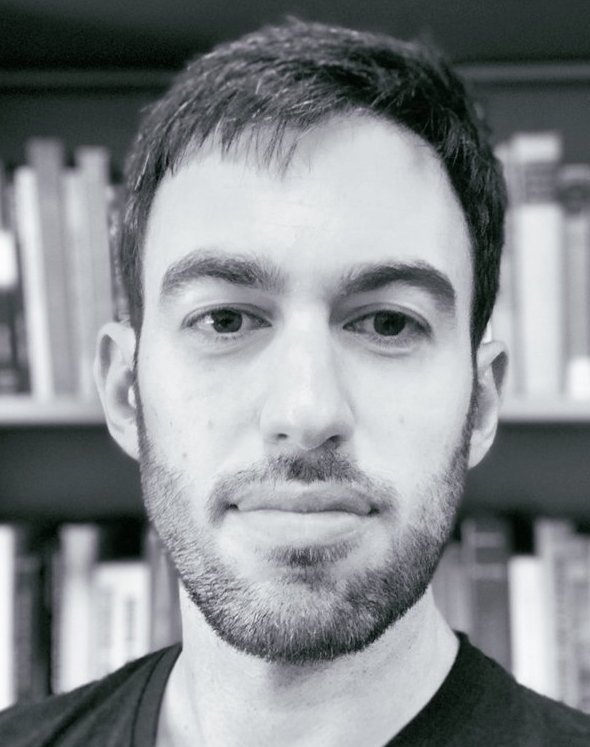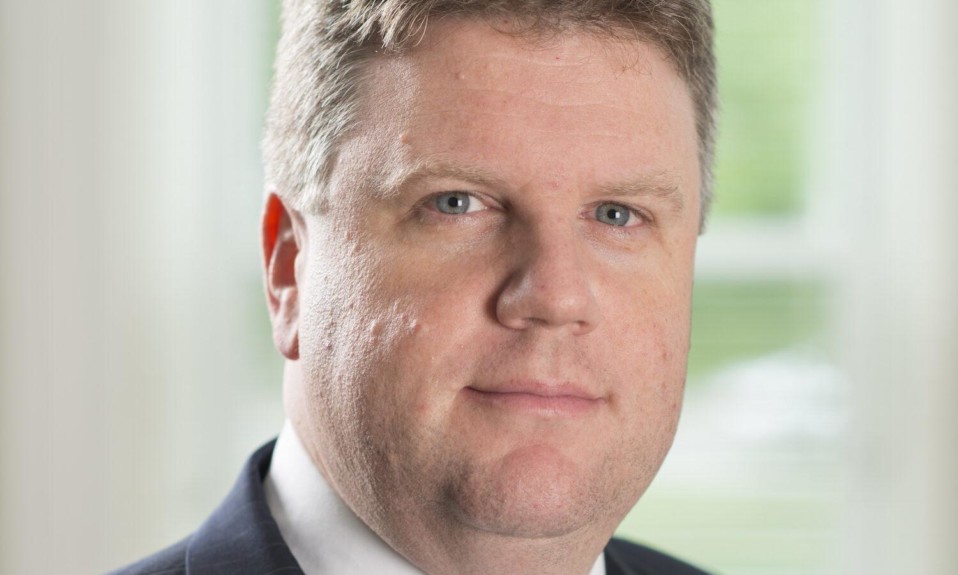More than half of psychiatrists no longer provide talk therapy—and it’s had an adverse effect on the mental health of several populations
By Jason Langendorf
A recent study found that the provision of outpatient psychotherapy among psychiatrists in the U.S. has dramatically declined over the past 25 years, with the trend affecting some patient demographics far more significantly than others.
Published last week in the American Journal of Psychiatry, the Columbia University study determined that the administration of psychotherapy—or talk therapy—by psychiatrists has been in decline for decades, with medication management replacing an approach that had integrated the two modalities. Additionally, the researchers discovered that certain patient demographics—younger, rural, Black and Hispanic patients, and people on Medicaid—have been most affected by the trend.
“We knew psychiatrists were providing less therapy than before, but we were surprised by the magnitude of the drop and its persistence,” said Daniel Tadmon, a PhD candidate in the Department of Sociology at Columbia and the study’s lead author. “Almost all patient groups were impacted, though some much more than others.”
In response to powerful economic incentives, U.S. psychiatrists have become increasingly focused on medication management. This transformation risks leaving unaddressed difficulties that their patients have in their personal relationships, families and work roles.”
—Mark Olfson, Columbia University
According to the study, the weighted percentage of visits involving psychotherapy declined from 44.4% in 1996 and 1997 to 21.6% in 2015 and 2016. Between 2010 and 2016, more than half of psychiatrists (53%) no longer provided psychotherapy—a number that the Columbia University Department of Psychiatry speculates has only increased since.
Why the Psychotherapy Shift Matters
Balancing the needs of patients against the financial burdens and incentives built into the American healthcare system create a constant ethical push and pull for caregivers. The simple fact is psychiatrists can see more patients, and therefore turn higher profits, by prioritizing quick medical-management consultations over psychotherapy, which requires deeper conversations, more assessment and greater amounts of time.
“In response to powerful economic incentives, U.S. psychiatrists have become increasingly focused on medication management,” said senior study author Mark Olfson, a professor of psychiatry and medicine at Columbia University Vagelos College of Physicians and Surgeons. “This transformation risks leaving unaddressed difficulties that their patients have in their personal relationships, families and work roles.”
Still, there may be other forces at work here. As U.S. population growth has coincided with the country’s gradual awakening about the importance of mental health, the number of patients has begun to outpace the number of available caregivers—a trend that has been compounded by the stresses of the pandemic.
Tadmon won’t go so far as to describe the provision of psychotherapy as a moral obligation for psychiatrists. Given the increasing gap between available psychiatrists and the demands of the patient population, he says, referring patients to other mental health professionals—psychologists, counselors and social workers, for example—may be the best way to serve the most people.

“It could be a psychiatrist who works in an area where they know they’re basically the only psychiatrist working, or [one of] very few,” Tadmon says. “They might feel an ethical obligation to see the most patients they can. It makes sense: Therapy is time-intensive. And medication management is less time-intensive.”
Still, he (and other experts) acknowledge that evidence shows an integrated approach—the combination of psychotherapy and medication—tends to lead to better outcomes for patients.
“There is research that shows that when patients get treatment in a split modality—having different mental health care providers providing psychotherapy and medications—the level of coordination between these different providers is often very low,” Tadmon says.
What Can Be Done?
Given the current environment—in which one psychiatrist compares the pace of his profession to that of an Amazon delivery driver and other experts have called for the American Medical Association (AMA) to declare a national mental health emergency—what can be done to address the shortfall in holistic mental health care?
“One of the things I found most interesting in the study is actually the degree to which the social circumstances of patients determine the type of care they receive,” says Tadmon. “There is a long sociological tradition showing that, depending on your social class for instance, you will get different medical treatment. And now we really show that, with pretty recent numbers. That is the strongest predictor we could define for whether psychiatrists will provide patients with only medication or with a combination of medication and talk therapy—how they pay for treatment.”
Perhaps this is the place to start. The Columbia University study found that older, white patients in the Northeast and West who pay for treatment out of pocket were impacted less by these deepening trends and also were more likely to retain access to a psychiatrist who saw fewer patients. Meanwhile, many people of color, rural residents and folks who rely on public health insurance could be found on the other end of the spectrum.
A large-scale impetus is needed. … This is an emergency, full stop.”
—Susan Hata and Thaia Krakower in STAT
The financial incentive isn’t likely to be removed from the current healthcare system anytime soon, but more legislation that floods underserved areas and patient groups with funding should be a top priority for lawmakers. The nearly $2.5 billion allocated by the Biden administration through SAMHSA in April to address the addiction and mental health crisis is a start—but only just that. Experts in the field routinely describe the amount of funding currently allocated for such services as falling short by several degrees of magnitude.
As Susan Hata and Thaia Krakower, the physicians who have implored the AMA to take action, write in STAT: “A large-scale impetus is needed. … This is an emergency, full stop.”
Top photo: Shutterstock












